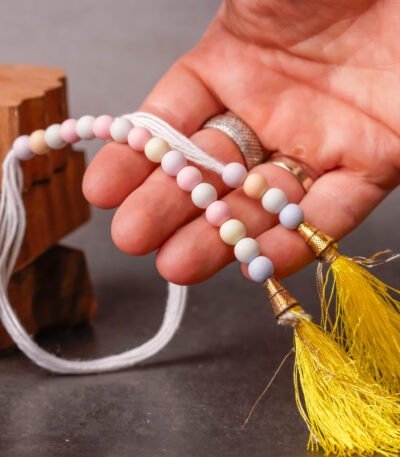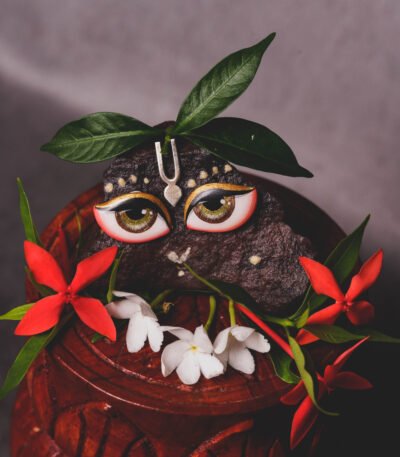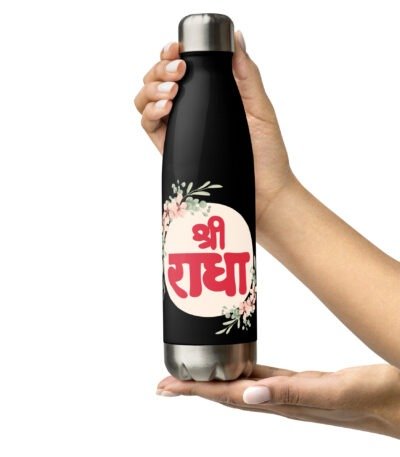Filter by price
Showing 1–40 of 273 resultsSorted by latest
A Metal Jagannath Pendant with a Metal Chain is a beautiful and spiritually significant piece of devotional jewelry
counters big size, 16 + 4, looks nice, easy to use.
folded in half 14 Inches
A Metal Jagannath Pendant with a Metal Chain is a beautiful and spiritually significant piece of devotional jewelry
counters big size, 16 + 4, looks nice, easy to use.
folded in half 14 Inches
A bracelet made from a conch is a deeply symbolic piece of jewelry, with a rich history rooted in Indian culture and spirituality.
counters big size, 16 + 4, looks nice, easy to use.
folded in half 14 Inches
Counter compact and sacred tool features 20 genuine Plastic beads, Hare Krishna style, Japa Counter 20 beads
counters big size, 16 + 4, looks nice, easy to use.
folded in half 14 Inches
Counter compact and sacred tool features 20 genuine Plastic beads, Hare Krishna style, Japa Counter 20 beads
counters big size, 16 + 4, looks nice, easy to use.
folded in half 14 Inches
Counter for japa, Japa Bag, accessories for japa bag. Krishna style
counters big size, 16 + 4, looks nice, easy to use.
folded in half 14 Inches
Counter for japa, Japa Bag, accessories for japa bag. Krishna style
counters big size, 16 + 4, looks nice, easy to use.
folded in half 14 Inches
Krishna Bracelet with Flute | Spiritual Jewelry | Silver & Blue Stone Hindu Bracelet | Devotional Gift for Him or Her
Divine brass Singhasan for Govardhan Shila 7 inches – Sacred Seat for Giriraj Maharaj or Shaligramm. Just Asana without Govardhan Shila!
Divine Aluminium Singhasan for Govardhan Shila 7 inches- Sacred Seat for Giriraj Maharaj or Shaligramm. Just Asana without Govardhan Shila!
Introduction to Wooden Asan
The wood asan, a beautifully crafted wooden seat, is a significant element in the worship of Lord Krishna. This product description aims to highlight the unique features, craftsmanship, and spiritual significance of the wooden asan, making it an indispensable addition to any devotee’s collection.
Spiritual Significance
In Hinduism, the asan holds great spiritual importance. It is believed that placing the Lord on a dedicated seat enhances the sanctity of the worship area. The wood asan for Lord Krishna is designed to elevate the spiritual experience, providing a sacred space for the deity. The presence of such a reverent seat can deepen one’s devotional practices and create a more profound connection with Lord Krishna.
Usage and Maintenance
Using the wooden asan is simple yet impactful. Place it in your puja room, temple, or any clean and serene area where you conduct your prayers. Regular maintenance involves gentle cleaning with a dry cloth to preserve its shine and intricate details. Avoid using harsh chemicals or abrasive materials that could damage the wood or the carvings.
Conclusion
The wood asan for Lord Krishna is not just a functional item but a piece that embodies devotion, artistry, and tradition. Its high-quality craftsmanship and spiritual significance make it an essential addition for any devotee seeking to enhance their worship experience. Embrace this elegant wooden seat and let it elevate your spiritual journey with Lord Krishna.






















































